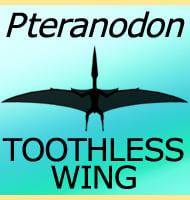Volgadraco
In Depth Named after the Volga River, Volgadraco shows morphological features that show the transition from the more basal azdarchid pterosaurs to the later genera that existed at the end of the Cretaceous. Later studies however have concluded that Volgadraco may actually have been either a nyctosaurid or pteranodont pterosaur. Further Reading – A New … Read more


